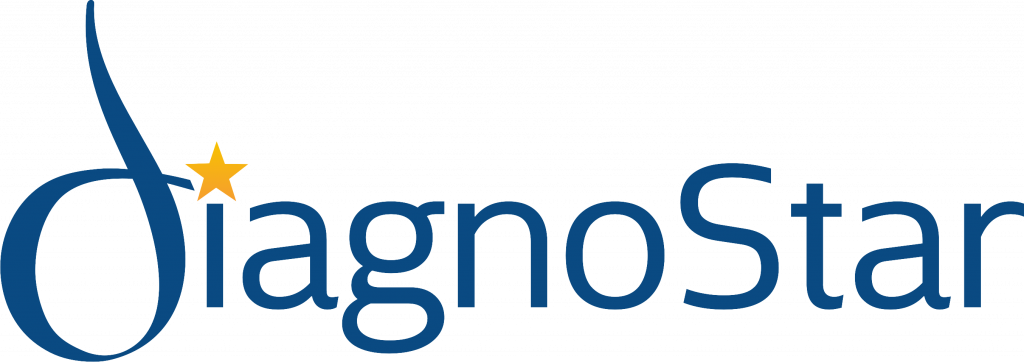DiagnoStar Electronic Medical Record: What it is and its benefits
An EMR (Electronic Medical Record) is more than just a substitute for paper records. They allow communication and coordination between patients and healthcare providers for optimal patient care.
What is an Electronic Medical Record?
EMRs are online medical records of a patient’s standard medical and clinical data. It is a digital version of all the information you’d commonly find in a health provider’s paper file: medical history, diagnoses, medications, immunization dates, allergies, lab results, and doctor’s notes. They are mostly used for diagnosis and treatment. Comprehensive and exact documentation of a patient’s medical history, tests, diagnosis, and treatment in EMRs ensures proper care throughout a consultation.
EMR evolved naturally from the 1960s when medical records like we know them today began to pose problems in diagnoses, treatment, and follow-ups. It was around that time that third-party organizations began to independently verify the diagnosis.
The benefits of using an EMR
- Fewer mistakes on medical records
- Enhanced health diagnosis, treatment, and general quality of care
- Identify patients who are due for preventative visits and screenings
- Enhanced privacy and security of patient data
- Reduction in patient errors and improved patient care
- Facilitate evidence-based decisions at the point of care
- Follow-up information after a visit such as self-care instructions, reminders for other follow-up care, and links to web resources
- Access to patient’s records to view medications and keep up with lifestyle changes that have improved their health
- Quicker assessment and care from health providers
- Data and results are tracked over time
EMRs don’t just possess information they “compute” it by beneficially managing the information.
For example:
- The EMR automatically checks for problems whenever a new medication is prescribed to a patient and alerts possible conflicts with the patient’s other medications or health conditions.
- EMRs can help providers quickly and systematically identify and correct operational problems. In a paper-based setting, identifying such problems is more difficult, and correcting them can take years.
EMR systems, like DiagnoStar EMR, provide a wide range of functionality and user interfaces. It becomes the hub of all the patient’s clinical activity. It is used daily for processing payments and claims, scheduling consultations, sharing information with authorized persons, adding new information, and updating and recording patient information.
About DiagnoStar EMR
DiagnoStar EMR features an easy-to-navigate interface allowing you and a health provider to examine your history and learn more about specifics like your health history and recent test results. Physicians can easily share patient information with other physicians using the same EMR software. The pharmacy function streamlines prescription orders and refills requests while the financial tools streamline your access to health financing based on your eligibility.
There’s also a patient portal that allows you to conveniently schedule appointments, access billing, and directly message providers through a secured network. Patients can utilize the educational resources on DiagnoStar for overall health information.
The system is certified according to national regulations, so your information is secured and organized.

